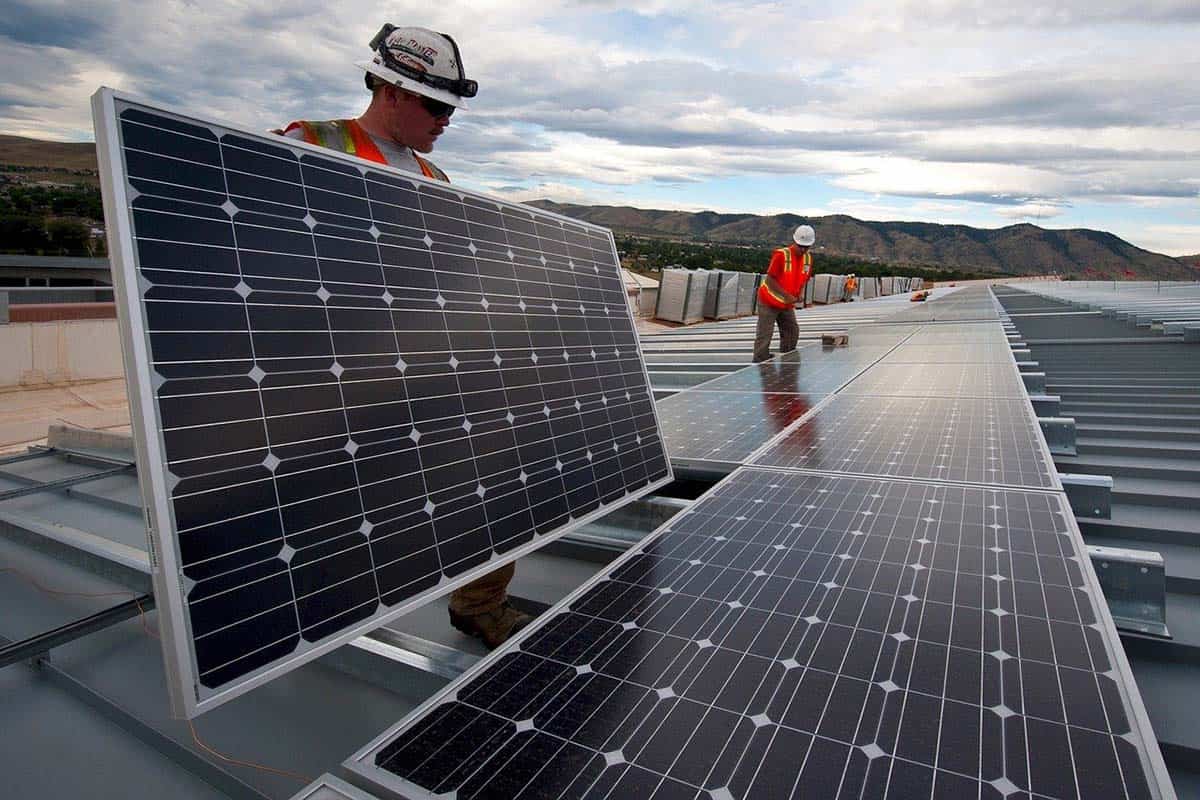Across the United States, the green energy market is booming like never before. In the US alone, spending on renewables rose to a record $14 billion last year, while the total worldwide green energy market is predicted to be worth a staggering $1.512 trillion by 2025.
That’s why there has never been a better time to launch your own green energy startup and be on the ground floor of the next industrial revolution.
There is no shortage of funding for startups that focus on renewables, as well as a strong network of resources, support, and talent spread across the US that could help your startup thrive. If you’re considering becoming an eco-entrepreneur, here’s what you need to do to get there.
1. Step One: The Basics
The first thing you need to do is to put in place all of the safeguards that you would with any new business. As a basic prerequisite, it is essential that you take out comprehensive business insurance that will cover every possible eventuality.
You can get business insurance in minutes in just a few clicks, so there really isn’t any excuse. After this, you will need to establish the startup capital and running costs of your renewable business idea, and include this in your pitch deck for any future funding rounds.
You will need to register your new business with the IRS and collect your federal and state tax IDs before you can begin trading. Once you have these in place, you can start building your eco-friendly vision.
2. Step Two: Establish Your Market Niche
The green energy field is a vast, crowded, and highly competitive industry. That’s why it is essential for you to find a market niche that is relatively untapped and has strong potential demand. Let’s quickly look at some examples to illustrate how this can be done right.
A serious problem in the development of solar energy is how quickly the cells in solar panels degrade when exposed to intense sunshine. That’s why the company Natural Solar decided to develop resistant cells that can last several times longer than standard panels.
Then there is the promising startup Kite Power Systems, which works to address the inefficiency of wind turbines by developing kite-driven power plants that can fly higher and thereby reach higher winds.
The Massachusetts-based startup Solstice seeks to bridge to affordability gap within solar energy by connecting low-income communities to solar grids. As you can see, it’s all about addressing a need with the green energy industry.
3. Step Three: Acquire Permits
Whichever market niche you decide to exploit, it is likely you will need a permit to do so. Any kind of manufacturing or energy production startup will certainly need to correct permits from federal agencies such as the EPA and the Department of Energy.
You will also need the prerequisite business licenses and operating permits that may vary from state-to-state. Remember to consult the Small Business Administration website to learn more about the permits that you may need to operate legally.
4. Step Four: Acquire Funding
Finally, you will need to acquire the funding to see your startup vision thrive. The average US startup in 2020 requires $10,000 in startup capital, but it is likely that a green energy company engaged in specialized manufacturing will need much, much more.
It is more than likely that you will need to approach venture capital firms with an engaging pitch to sell your vision, before opening up a seed funding round.
The average amount raised in a seed funding round for US startups is $2.2 million, although competition is naturally incredibly fierce. As long as you have a well-developed plan and an engaging pitch, you can secure the funds you need to change the world for the better.
Launching your own green energy startup might not be the easiest task, but it is certainly one of the most rewarding careers and life callings a person could ask for.
You May Like These Articles As Well:
Why Is Globalisation Bad? Critical Reasons Explained
Shine Bright! 8 Awesome Advantages of LED Lighting






















